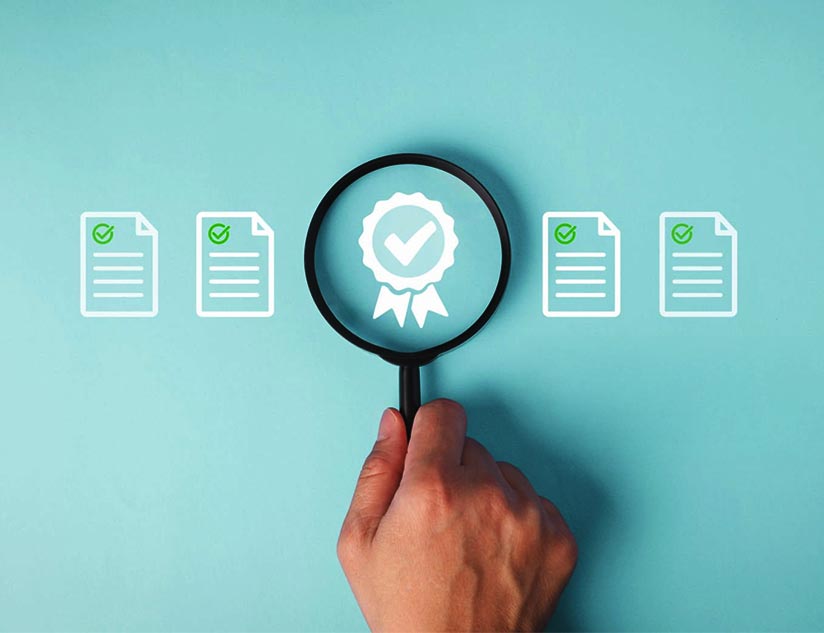The new school session is around the corner. K-12 publishers are gearing up with a fresh batch of eLearning tools and interactive eBooks to offer exceptional teaching-learning experiences this school year. However, a common question your potential clients will ask is whether all these tools and eBooks can be easily integrated with their LMS.
LMSs empower educators, district and school admin, parents and other stakeholders to gain a comprehensive view of students’ progress. It also helps them gauge the school’s overall performance and position it against benchmarks. A successful school year for K-12 publishers means large-scale adoption and high engagement with their offerings. Research suggests that the value of the global online K-12 education market could reach $716.6 billion by 2029, growing at a whopping CAGR of 33.1% in the 5 years from 2024. To capture this massive opportunity your digital education publishing platform must integrate seamlessly with diverse LMSs.
This guide to leveraging LMS integrations for a successful school year is your key to boosting revenues.
Benefits of LMS Integration for K-12 Publishers
Seamless LMS integration offers several benefits for K-12 education technology providers and publishers:
- Direct access from the LMS increases the accessibility and engagement levels of the content.
- It automates tasks, such as routine administrative duties, saving the admin and teachers time and effort.
- Effortless third-party integrations enable tracking of students’ grades, attendance, and progress.
- It allows content developers to focus on the content alone rather than worrying about LMS compatibility of content formats.
Include the following in your content development strategy to bolster adoptions and facilitate LMS integrations for your K-12 digital learning resources:
Understand the Needs of Your Audience
Educational institutions need learning materials and assessments that align with the state and national K-12 education standards. In addition, standards-based reporting of learning progress is paramount. Finally, knowing users’ preferences is crucial to including interactive digital learning tools and customizations to provide them with greater control and flexibility on the content.
Streamline Content Delivery
The content design and delivery should be intuitive and uniform to enhance the user experience. Easily discoverable content that can be effortlessly navigated through boosts self-driven learning. K-12 publishers must ensure that the content remains seamlessly accessible across education technology tools to deliver intuitive experiences.
Focus on Interoperability
K-12 institutions adopt diverse eLearning tools and collaborate with education publishers and edtech firms for remote learning solutions. LTI integration enables deep linking, single-sign-on, grade synchronization, context sharing, and more to facilitate seamless communication among disparate learning tools. Enabling LTI (learning technology interoperability) integrations is a useful mechanism for K-12 publishers to ensure that their offerings remain accessible across learning, collaboration, and education management tools. These integrations facilitate scheduling, allocation, user-access management, and much more.
Don’t Underestimate Interactive Learning
Interactive eBooks that include multimedia elements, quizzes, and gamified modules enrich teaching-learning experiences. Interactive modules also offer students opportunities to enhance their digital skills. Game-based learning proves especially beneficial for developing social-emotional skills, critical thinking, autonomy, and imagination. Interactive learning enhances learning motivation and engagement. These improve learner satisfaction and academic outcomes.
Optimally Leverage Learning Analytics
One advantage of LMS integrations is the access it provides to learning analytics and AI-powered reports at diverse levels. Digital K-12 publishers must leverage these analytics to gather insights into the performance of their learning materials and use these insights to refine their offerings to drive adoptions. These analytics can offer invaluable information on student preferences, engagement levels, and learning achievement. These are essential to guide curriculum developers while updating learning modules.
Prioritize Compliance and Security
Offering standards-based education is an imperative for the K-12 publishers. With the increased emphasis on student privacy, compliance with national and global standards is indispensable across all digital learning tools. Adhering to COPPA, FERPA, and CCPA in the US, and GDPR and AIA in the EU is imperative for the adoption of educational publishers’ eLearning tools and interactive eBooks. Ensure that you also comply with accessibility standards, such as WCAG.
Choose the Right Platform for Seamless Integrations
As K-12 learning becomes increasingly digital, digital educational publishing platforms must keep pace with the changing educational landscape. Offering standards-based educational resources is no longer enough. You must enable intuitive access, interactive learning experiences, and seamless third-party integrations to capture a larger market share and keep your users satisfied. This begins by choosing the right digital platform. A few qualities to look for compatibility, scalability, and support. User-friendliness is also critical since it decides whether students will be able to access and use the learning materials seamlessly and whether teachers will be able to assign educational modules in a way that personalizes the learning path.
MagicBox™ is a state-of-the-art, cloud-based, SaaS-driven content creation and distribution platform designed that offers the latest K-12 education technology tools and API-based integrations. APIs offer multiple advantages, including ease of integrations, agility, flexibility, and extensibility. Book a free demo to learn more about how the digital educational publishing platform can drive success for K-12 publishers in the new school year.
















